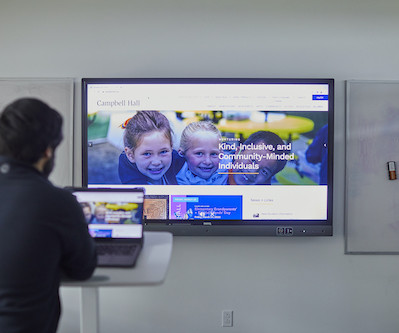9 ways collaborative learning benefits teachers and students
eSchool News
DECEMBER 4, 2023
Some of the advantages can be: Enhanced Learning: There are many educational technologies available including online courses, simulations, virtual reality, and gamification. Student-Centered Learning: The incorporation of technology allows learning to be more student-centered rather than teacher-centered learning.














Let's personalize your content